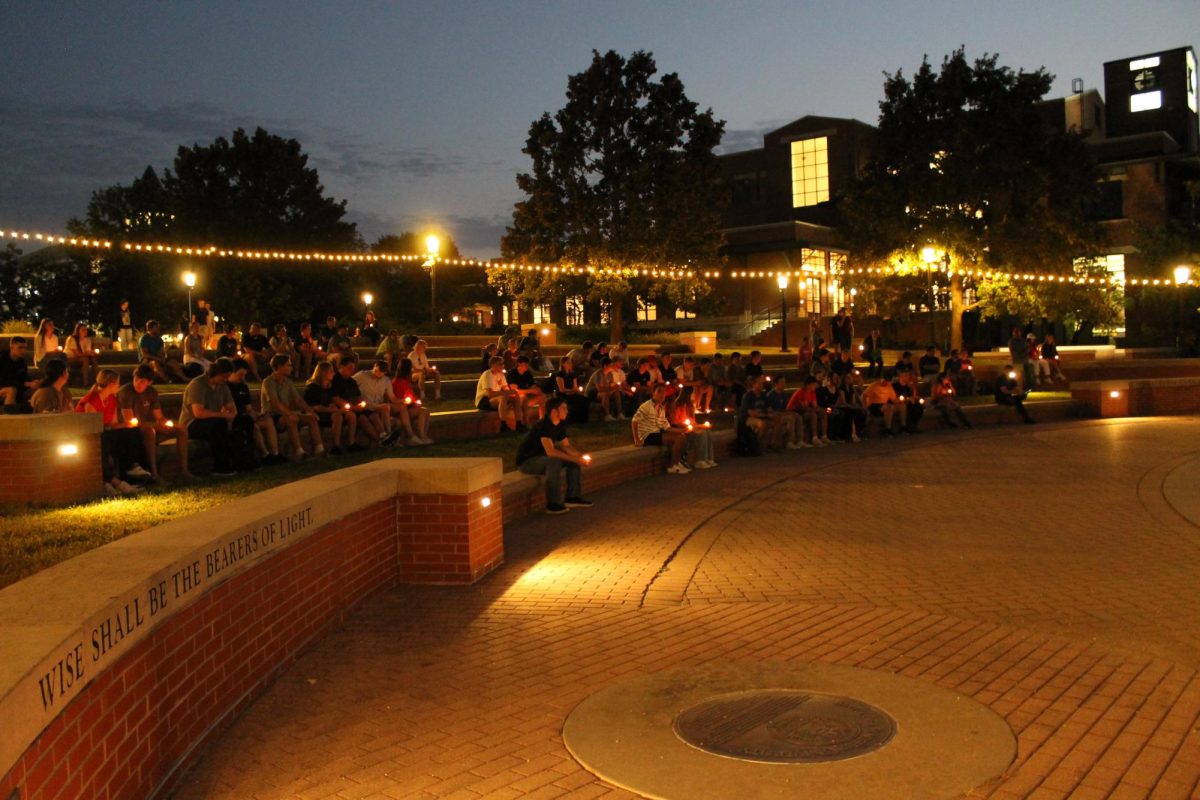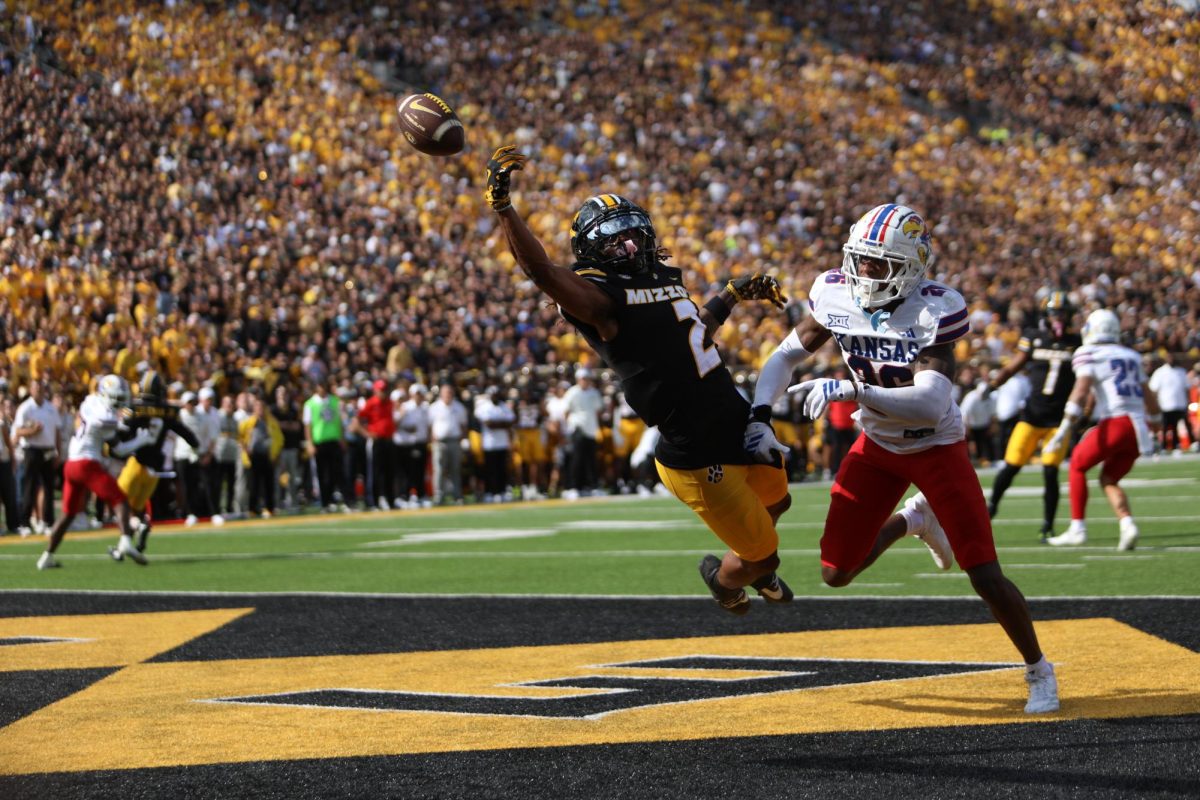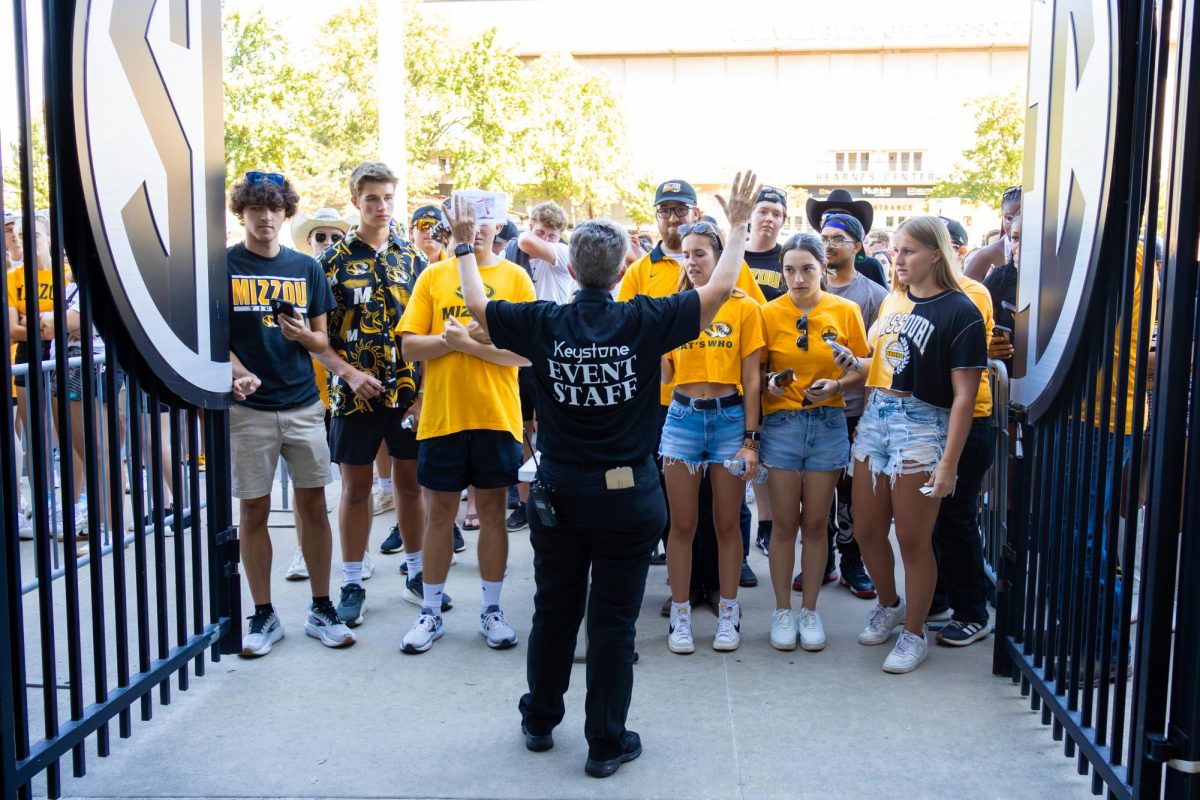Anthony James, president of the Association of Black Graduate and Professional Students, read in front of a Derby Ridge Elementary fifth grade class Jan. 31.
The next two days, it snowed.
Blizzard conditions and canceled classes prevented ABGPS from hosting its reading program with the Columbia Public School District last week. As a result, the event was moved to this week.
“The reason we’re doing the program is to put scholarship in action,” James said. “One of our goals is to engage in the community, and that’s really the motivation behind the project.”
Spurred by his passion for reading to his children, James brought the idea before ABGPS’ executive board, who unanimously supported it. Upon the board’s approval, he contacted Peter Stiepleman, who supported the idea as well.
Stiepleman said of the school district’s black population, 78 percent live in poverty conditions. Seeing people with the same color skin might provide a beacon of hope for these kids, he said.
“Not that race at all defines what their future prospects are, but certainly socioeconomics does,” Stiepleman said. “Having the ability to have graduate students who look like many of our students who are in poverty is a very powerful statement.”
Agreeing with Stiepleman’s sentiments, ABGPS member Angela Gist said this was a good way to tie the event to Black History Month, which began Feb. 1. The books selected reflect the ideas those involved said they would like to see bestowed upon the children.
“Underrepresented children from any race or ethnicity usually have a challenge in terms of reading, literacy and comprehension,” Gist said. “We picked books that would instill a kind of pride in their backgrounds and ethnicities.”
The two books the students will be reading are “The Moon Over Star” by Dianna Hutts Aston, a memoir of black astronaut Mae Jemison, and “My Best Friend,” a chronicle of two black children’s friendship. Both books will resonate with all the students, Stiepleman said, but especially the latter.
“What’s nice about it is about every day heroes,” Stiepleman said. “We can all be heroes in our own communities. During Black History Month, we don’t have to solely think about Martin Luther King or Frederick Douglass as our only roles models. They were incredible individuals, but there are also incredible things being done by everyday people.”
James said the fifth graders he read to last week responded well to the book.
“When you’re talking about fifth graders, who are approximately age 10 and preadolescent, they’re not as curious and talkative as, say, a first or second grade classroom,” James said. “But there was still quite a bit of participation, people asking questions. I think that’s a testament to the books we chose.”
MU’s Black History Month Committee provided the readers with T-shirts to wear and “Future Tiger” stickers to hand out to the children.
“To go into a classroom and to see someone of color who is highly educated and willing to come in with a positive attitude — that is a good influence on kids of that age,” Gist said. “It opens up possibilities for minority children, so they’re able to see, ‘Wow, this person’s about to become Dr. Gist or Dr. James. That could be me one day.’”







